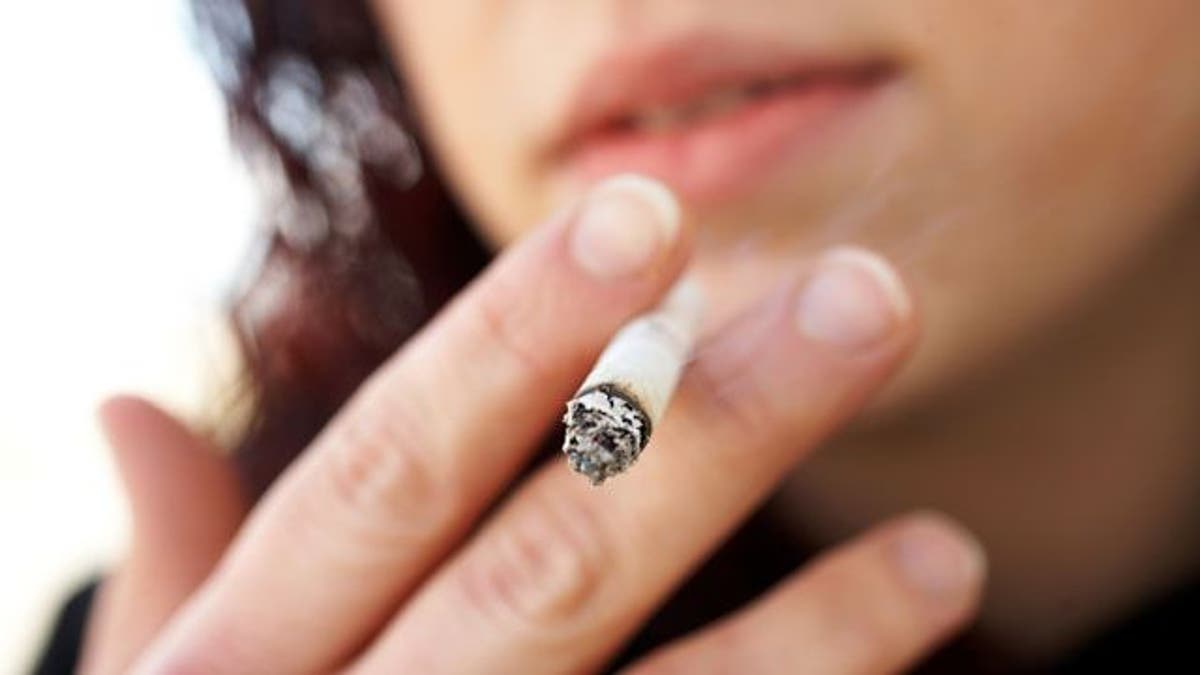
A burning cigarette is a danger not only to the person smoking it but also to those around him. A new study released from the Centers for Disease Control and Prevention (CDC) found that though secondhand smoke exposure has been cut by half since 1999, there is much work left to be done. There are public smoking bans in place in 700 cities and 26 states, but 24 states lack them.
“We have made considerable progress in reducing secondhand smoke exposure in this country however a large portion of the population remains exposed,” study author Dr. Brian King, an epidemiologist with the CDC’s office on smoking and health, said. “Rates are alarmingly high among certain populations. So there is currently about 58 million Americans, including 15 million children, that continue to be exposed to secondhand smoke.”
The CDC study found that 40 percent of children ages 3 to 11 are exposed to secondhand smoke, which is measured by levels of the protein cotinine in the blood. They also found that 70 percent of black children experience exposure. According to King, there is no safe amount of secondhand smoke exposure for these children. They may develop acute bronchitis, asthma, ear infections, or even Sudden Infant Death Syndrome (SIDS) as a result of exposure. They can go on to develop heart disease, strokes, and lung cancer as adults. Worst of all, they are likely to model their behavior after parents or caretakers, and become smokers themselves.
Dr. Suzanne McColley, chief of pulmonary medicine at Children’s Hospital of Chicago, has treated many sick children who are victims of secondhand smoke. McColley said she has learned to suppress her anger toward the parents, and teaches methods of overcoming the problem, including direct education and isolating smokers.
McColley recalled treating one pediatric patient with cystic fibrosis whose grandfather was unwittingly subjecting him to secondhand smoke.
“I said to him 'Well I know you know that your smoking affects your health, but did you know it affects your grandson’s health?” she said. “He was not aware of that and as soon as he learned that he made a commitment to quit smoking. He quit smoking and has been smoke free for over ten years."
The CDC report endorses more comprehensive statewide laws to prohibit smoking in workplaces, public places, and multi-unit housing. The CDC said that smoke-free homes and vehicles are critical to protect non-smokers from this preventable health hazard.
King said that there is great momentum to increase the prevalence of smoke-free homes. “Several people are doing it voluntarily,” he said. “It actually doubled within the past decade, and about 83 percent of U.S. households voluntarily prohibit smoking in their homes.”
King added that there is also momentum to implement smoke-free policies in areas like public housing and multi-unit housing where secondhand smoke can transfer between units.
Cigarette smoke may disperse into the air and become invisible, but it contains 7,000 chemicals, 70 of which can cause cancer.
